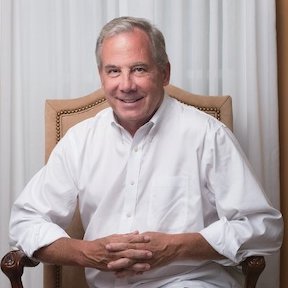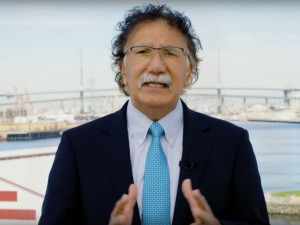The big three boxports of California, the ports of Los Angeles, Long Beach and Oakland – the number one, three and seven boxports - are facing a new challenge or perhaps a new reality. They are losing market share to the East Coast and Gulf ports.

Although the erosion in market share isn’t a new phenomenon for Los Angeles, Long Beach and Oakland and other West Coast ports, it is a concern, as they collectively address other pressing challenges, notably decarbonization, the International Longshore and Warehouse Union (ILWU) and Pacific Maritime Association (PMA) labor negotiations and various trucking and rail related issues.

The reason is partly due to problems with pandemic related congestion in 2021-2022 and the disruptions in trade caused by labor disputes between the ILWU and PMA, which has caused importers to spread their risk with routing more shipments through alternative gateways, especially on the East Coast. McCown also noted widening of the Panama Canal provided bigger ship access from Asia to Gulf and Atlantic Coast ports. And McCown pointed out shifts in manufacturing were also a factor, as “more U.S. trade is centered on Southeast Asia and countries like India which are closer to the Atlantic Coast via the Suez Canal.”
Peter Friedmann, executive director, Agriculture Transportation Coalition (AGTC) is also alarmed by the potential impacts from the plodding ILWU and PMA negotiations. Friedmann was speaking to the Propeller Club of Northern California (PCNC) where he said that the impasse between the ILWU and the PMA could result in permanent losses for the West Coast ports, “Unlike in 2014-2015, I believe the situation this time is worse because it’s a drip-drip-drip. What’s happening is: it would have been better if we had something dramatic happen for just three months and been solved… with this thing lasting on and on, permanent decisions are being made that are irreversible and those are real estate decisions.”

The primary sticking point between ILWU and PMA is automation which has been a shadow in the background of labor talks for over a decade. Many of the analysts believe if the PMA pushes the issue down the road for another time or draws a line in the sand will largely determine how fast a new deal gets done.
The other big challenge for West Coast containerports is environmental – the drive to zero emissions. In March, the board of commissioners for the Port of Oakland approved an environmental ordinance. The Port law includes requiring tenants that operate cargo-handling equipment (CHE) to create a plan for converting CHE to zero-emissions. Port Board President Barbara Leslie said at the time, “The entire Port Board is committed to de-carbonizing operations at Port facilities.” She continued, “This ordinance calls for our seaport tenants to develop a plan to reach zero emissions from cargo-handling operations.” Port of Oakland tenants have until December 31, 2023, to create a cargo-handling equipment conversion plan.
In the State of the Port address the Port of Long Beach’s Executive Director Mario Cordero emphasized the importance of upgrading its terminals toward zero emissions, “Our terminals have accomplished so much and when it comes to our remarkable zero-emission demonstration projects … since our determination in November 2017 to achieve zero emissions.”

Long Beach has established a Zero Emissions, Energy Resilient Operations Program – known as ZEERO – to invest in projects aimed at reducing the impacts of operations and improving air quality. ZEERO supports the development of renewable energy projects, including the Port’s proposed Floating Offshore Wind Staging and Integration facility, known as “Pier Wind.”
Perhaps the biggest challenge is with the truck drays. On February 8th The ports of Long Beach and Los Angeles released a final report on the current state and overall feasibility of using clean, heavy-duty drayage truck technology throughout the San Pedro Bay port complex. The 2017 CAAP Update established goals of ZE drayage trucks by 2035 and ZE terminal equipment by 2030. But meeting these goals will be a challenge for the truck owners and operators. And as McCown expressed emissions aren’t necessarily a selling point with shippers, “If you’re talking about shippers many of them embrace some kind of reduction of emissions, but at the same time, they tend to look at the regulatory authorities to determine what that should be. And so, I think at least historically you haven’t seen a lot of additional points scored. This may change, when a carbon tax comes into being, where all of a sudden the emissions that the different modes have, you know, bring with it an economic cost.”




